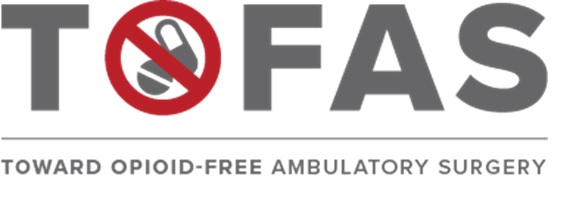
Overdose Facts
In 2021, 98,268 drug-related overdose deaths occurred in the United States. Of those, 78%, or 75,785 deaths, were due to an opioid overdose. That’s 208 individuals dying each day in the U.S. due to an opioid overdose 1
Ohio has the 6th highest drug overdose mortality rate in the country, at 48.1 deaths per 100,000 population behind West Virginia (90.9), Tennessee (56.6), Louisiana (55.9), Kentucky (55.6) and New Mexico (51.6). 1
In Franklin County, 752 individuals died from a drug overdose in 2022, up from 547 (a 37% increase) in 2019, the year before the COVID pandemic.3
Reducing Opioid Use After Ambulatory Surgery: A Collaborative Approach
Opioids are strong painkillers that can be addictive and have side effects. The four Franklin County hospital systems are working together on safer and more effective ways to manage pain by educating our patients on ways to manage pain after surgery with minimal use of opioids.
The Toward Opioid-Free Ambulatory Surgery (TOFAS) project is a community-wide effort from the hospital systems in Central Ohio including Mount Carmel Health System, Nationwide Children’s Hospital, OhioHealth and The Ohio State University Wexner Medical Center. Our goal is to reduce the use of opioids after surgery and help patients recover with as little pain as possible.
How can you help? Within 60 days after a surgery, some patients will be contacted through MyChart, an email or a phone call asking about the use of opioids after surgery to help with pain. Questions include:
- Were you given a prescription for opioids?
- Was your prescription for an opioid ever filled?
- If yes, how many pills did you have left over?
- If there were any that were not taken, how were they disposed of?
If you choose to participate in the survey, it is important to know:
Participation is completely voluntary.
Your information collected during the call will not be shared or made public.
Your responses will be combined with those from others who participate and shared in aggregate to help surgeons review how they prescribe medication.
You will not receive any incentive for your participation.
References
- Center for Disease Control and Prevention, National Center for Health Statistics
- City of Columbus, Columbus and Franklin County Addiction Plan
- Jones CM. Heroin use and heroin use risk behaviors among nonmedical users of prescription opioid pain relievers – United States, 2002-2004 and 2008-2010
